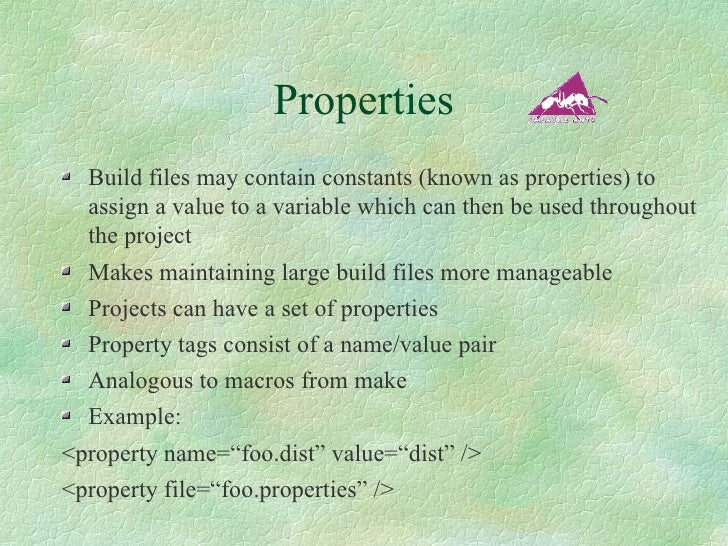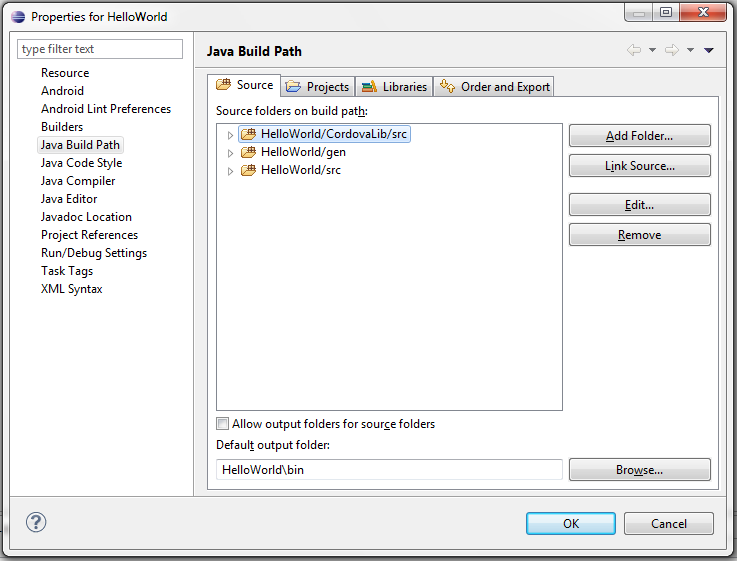

The target list serves as a bookmark that allows you to jump straight into editing a particular target. The Ant editor lists the targets on the right hand side. The Ant editor should look something similar to− In the Edit System Variable (or New System Variable) window. If the PATH environment variable does not exist, click New. In the section System Variables find the PATH environment variable and select it. To use the Ant editor, right click your build.xml (from the Project Explorer) and select Open with > Ant Editor. In Search, search for and then select: System (Control Panel) Click the Advanced system settings link. The editor is aware of the build.xml schema and can assist you with code completion. The Ant Eclipse plugin also comes with a good editor for editing build.xml files. Your Ant view looks similar to the one given below −Ĭlicking on the targets, build / clean / usage will run Ant with the target.Ĭlicking "fax" will execute the default target - usage. Open Project Explorer, drag the build.xml into the Ant View.

Make sure that the build.xml is a part of your java project, and does not reside at a location that is external to the project.Įnable Ant View by following Window → Show View → Other → Ant → Ant. Eclipse comes pre bundled with the Ant plugin, ready to use.įollow the simple steps, to integrate Ant into Eclipse. Execute # java -version to verify whether the settings is correct or not.If you have downloaded and installed Eclipse already, you have very little to do to get started.

etc/profile to active above settings immediately. Add export CLASSPATH=$CLASSPATH:/home/LOG4J_HOME/log4j-2.2.16.jar.Open /etc/profile in text editor, # vi /etc/profile.Setup JAVA_HOME, CLASSPATH and PATH For Linux PATH, value : %SystemRoot%\system32 %JAVA_HOME%\bin. CLASSPATH, value : mail.jar selenium-standalone.jar. For example : JAVA_HOME, value : C:\Java\jdk1.8.0_131. Click “Advanced system settings -> Environment Variable”, then a dialog will popup, you can add or update all system environment variable there.Click ” Start Menu -> Control Panel -> System and Security -> System” to open below dialog. Setup JAVA_HOME, CLASSPATH and PATH For Windows If you do not set the bin folder in PATH, you can call java command with C:\%JAVA_HOME%/bin/java -version, after setup bin folder in PATH, you can easily call java command with C:\java -version. PATH is the convenience way for run java command.


 0 kommentar(er)
0 kommentar(er)
